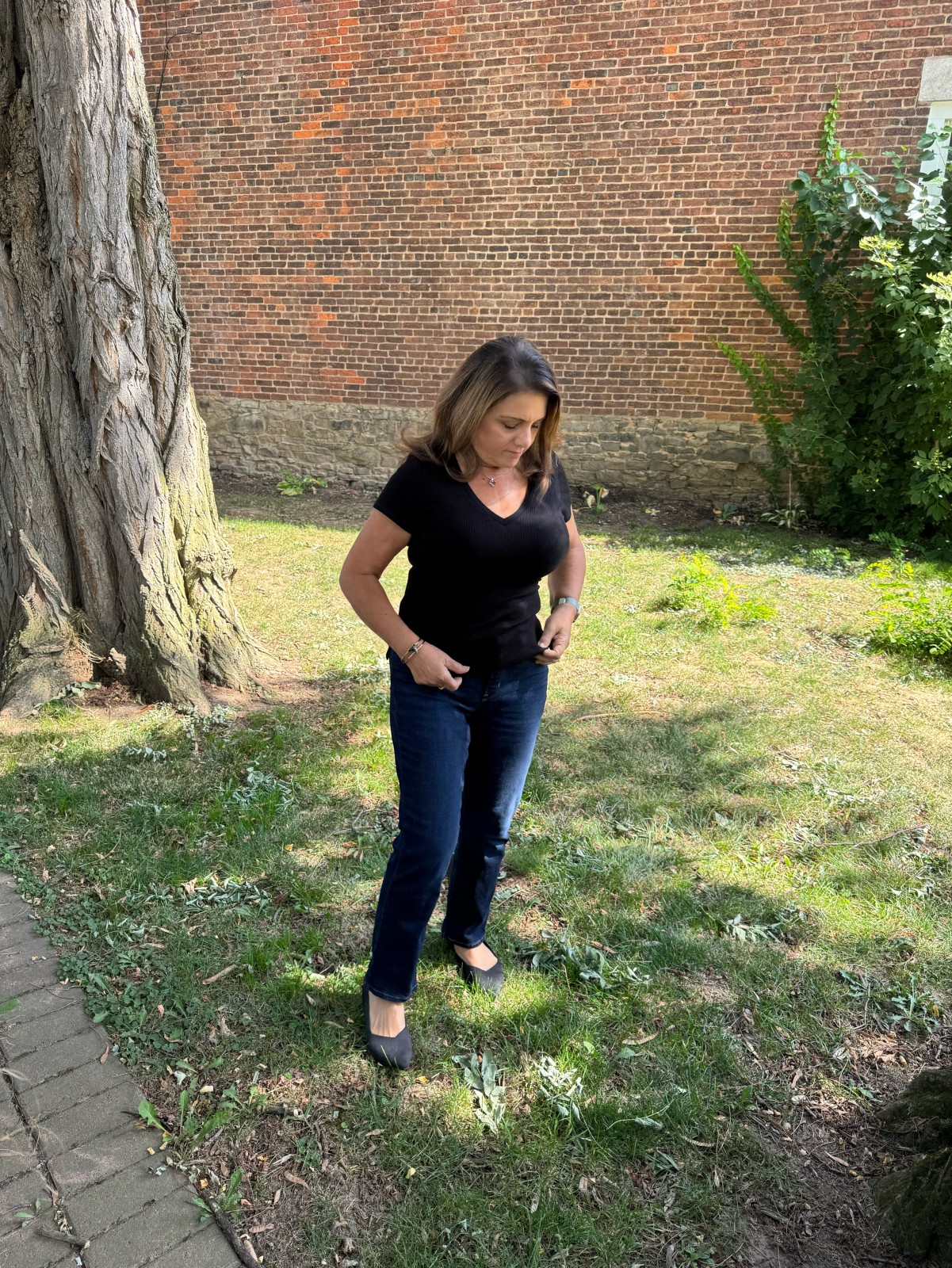
Discovering Serenity in Suffering: Meditation as a Tool for Pain Management
Life beyond 40 brings about its set of challenges; among them, joint pain stands tall as a frequent uninvited guest for many women. The quest to alleviate this agony often leads through a labyrinth of solutions, yet a simple, time-honored practice remains a beacon of hope – meditation.
Let's embark on a journey to understand how this ancient tradition can be your modern-day ally in managing pain and discovering a newfound peace within.
---
The Struggle with Joint Pain
Women over 40 often experience the onset of joint pain, whether due to arthritis, the wear and tear of daily activities, or the natural aging process. This pain does not simply impede movement; it can cast a shadow over joy, productivity, and the quality of life. Medicine provides relief, often at the cost of side effects and temporary respite. However, there is another path that promises not only relief but also a holistic enrichment of life.
Exploring the Sanctuary of the Mind: Meditation and Pain
Meditation is the art of turning focus inward, grounding oneself in the present moment through various techniques, such as mindfulness or focused attention. As studies suggest, meditation does more than calm the mind—it potentially serves as a potent tool in managing and understanding pain.
The Science of Meditation and Pain Relief
Research has shown that regular meditation practice can lead to:
- Reduced Pain Sensitivity: Meditation appears to diminish the perception of pain in the brain, which can lead to a decreased sense of suffering.
- Enhanced Pain Coping Mechanisms: Through meditation, you may cultivate a stronger capacity to cope with chronic pain.
- Lower Inflammation: Some forms of meditation have been linked to lower levels of inflammation, which can exacerbate joint pain.
But how exactly does sitting in silence help soothe the aches in your joints?
A Closer Look at How Meditation Can Help
- Mindfulness and Awareness: By fostering mindfulness, meditation encourages a heightened awareness of body sensations, thus enabling a more nuanced perception of pain.
- Stress Reduction: Stress worsens inflammation and pain. Meditation's stress-reduction properties can subsequently reduce the intensity of joint pain.
- Emotional Regulation: With meditation comes an improved ability to regulate emotions, including those associated with the experience of pain.
- Rewiring Brain Responses:
Step-by-Step: Incorporating Meditation into Your Pain Management Routine
Here's how you can begin integrating meditation into your life:
Start Small
Begin with just a few minutes a day and gradually increase your practice. Consistency over duration is key.
Create a Comfortable Space
Choose a quiet corner where you can sit or lie down comfortably, undisturbed.
Employ Guided Meditations
Utilize guided meditation resources, such as apps or online videos, which are particularly useful for beginners.
Practice Mindfulness Throughout Your Day
Final Thoughts on Meditation and Joint Pain
Meditation is not merely an escape but a deeply proactive approach to managing pain. It empowers you to change your relationship with pain, enhancing the quality of your daily life despite the challenges of joint discomfort.
As the twilight of pain looms, let meditation be the dawn of tranquility. Start today—because the journey to a more peaceful and manageable existence is a single breath away.
--
Remember, the key to success with meditation is patience and persistence. Let's breathe through the journey together, finding solace in each mindful moment.
Oh by the way, I have a free guide " 10 Minute Wellness Revamp" grab it here!
Disclaimer: The information in this article is for educational purposes only and should not be considered medical advice. Please consult with a healthcare professional before making any changes to your diet or lifestyle.














0 Comments